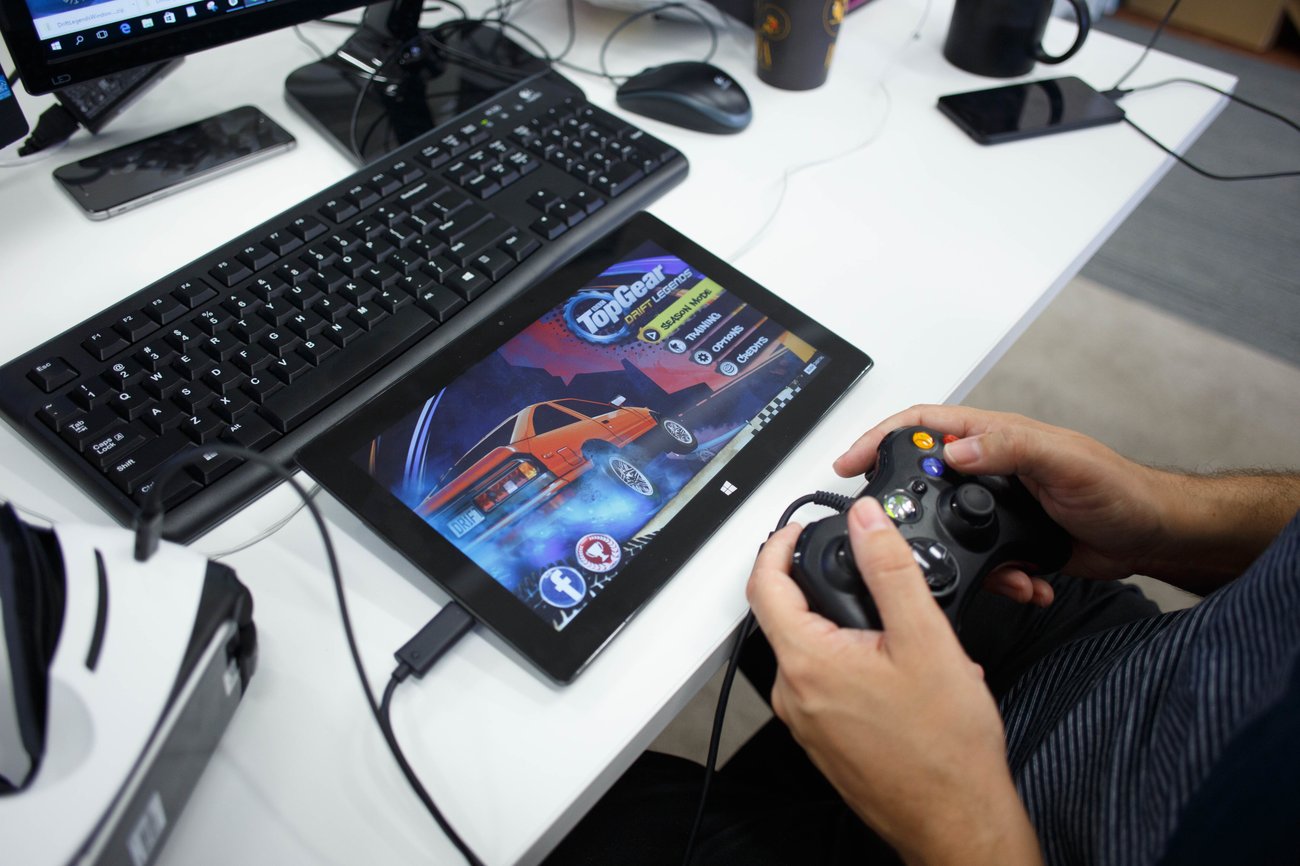
Video is at the heart of so much of what we do at Rush Digital. Marketing apps, game development, 3D graphics, augmented reality, implementing other companies’ crazy ideas. Probably our most high-profile project was the Amazing Race virtual reality Tug of War – where real teams in New Zealand and Australia battled against each other using real ropes, large blocks of concrete, wide angle cameras and big screens (so the teams could see each other), and lots of video streaming power. There was also the 1000 km tennis court, a virtual match between players in Auckland and Christchurch, where computer vision tracked the (real) tennis ball hit by one player, digitised the ball trajectory and then activated a tennis ball machine at the other end to fire out a ball with a similar trajectory and speed – all that within 200 milliseconds.
This all requires really fast broadband; when we do an interactive project that involves video we tend to max out the available bandwidth, and we are sending huge files all over the world for our clients to look at – New York, London, Australia, Quebec, Chennai.
But that’s nothing compared to what’s coming with the development of virtual reality video. That really has the potential to use lots of bandwidth. Imagine instead of pictures with a 70 degree angle lens, you have video where your pictures have a 360 degree perspective. I predict virtual reality video [like the New York Times’ video The Displaced, directed by the Pulitzer Prize-winning videographer Ben Solomon] is going to change the film industry and the way we do storytelling. Just one example: VR filming is a big challenge because it’s hard for the crew to stay out of the shots when the camera rig is capturing 360 degrees around the subject.

Danu Abeysuriya
We are working on VR video experiences for clients that want their customers to have near-to-real-world experiences – whether it’s looking around their factory, their store, or their tourist site. Imagine test-driving a Mercedes with Lewis Hamilton – you are in the car and can look all around, like you are really there. Or you could walk around an Icebreaker store and get teleported to the farm where the sheep is raised. Or a buyer in the US could get the same experience.
Then the next wave up is introducing a level of interactivity – being able to access information, or talk to Lewis Hamilton or the merino farmer. People won’t want just video, they will want the sights, sounds, maybe even smells that you might get if you were actually in that place in the real world. And that’s going to happen more as the headsets get smarter, as well as smaller and less intrusive.
At Rush Digital we are looking actively at video streaming technology, trying to work out how to stream more interactive content. Imagine if you were watching a sports match, and instead of just seeing the angle the broadcaster wants you to see, you had access to footage from multiple cameras, on demand. If you wanted to see that All Blacks try again, from a different angle, you just pick another camera feed. Maybe you could sit in front of your smart TV and if you leaned to the left, you got a feed from the left. Then throw in virtual reality video and you are right in the game. It’s pretty exciting, but it’s a lot of data.
What broadband speeds would we like to have? That’s like asking how much pencil do you need? In an ideal world we’d have infinite speeds. Until then we tailor our projects for the broadband that is available – and as more bandwidth is possible, so we are able to do more.




